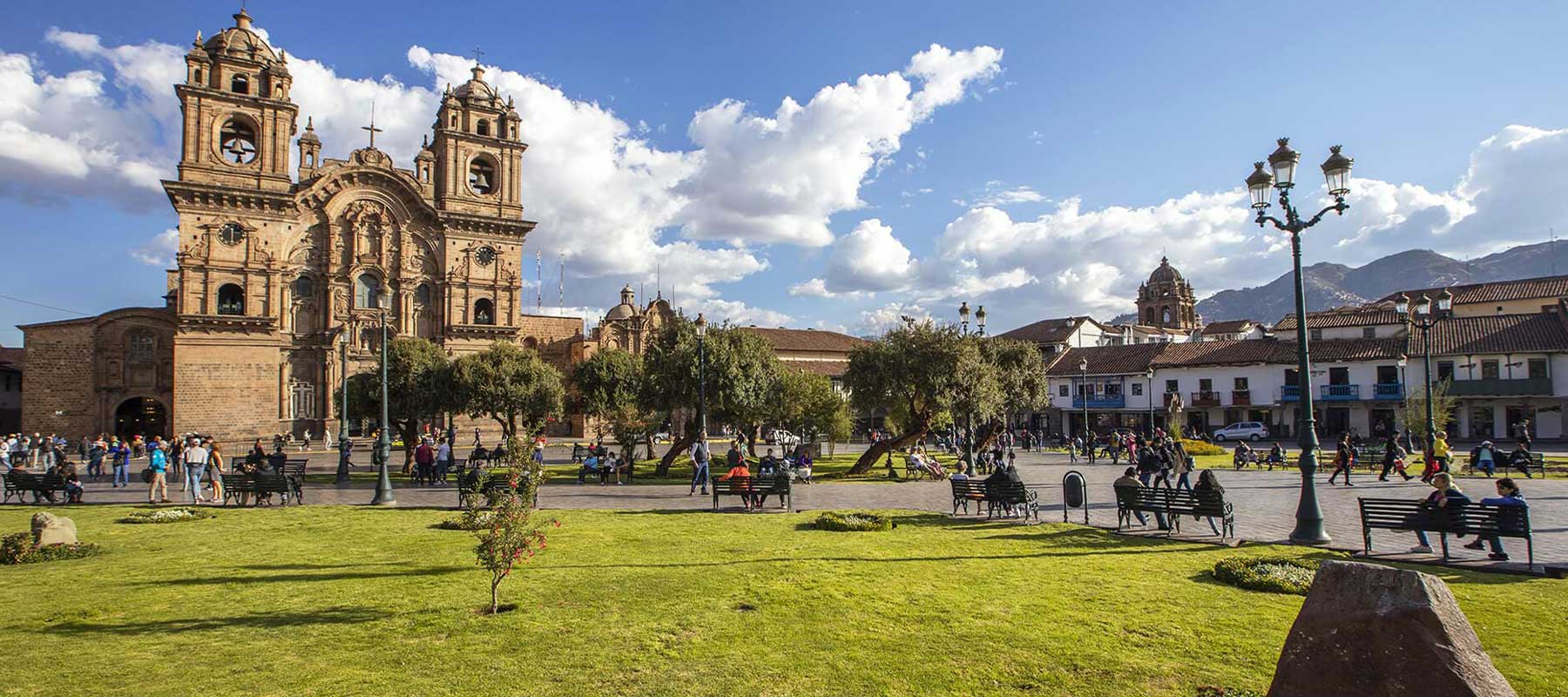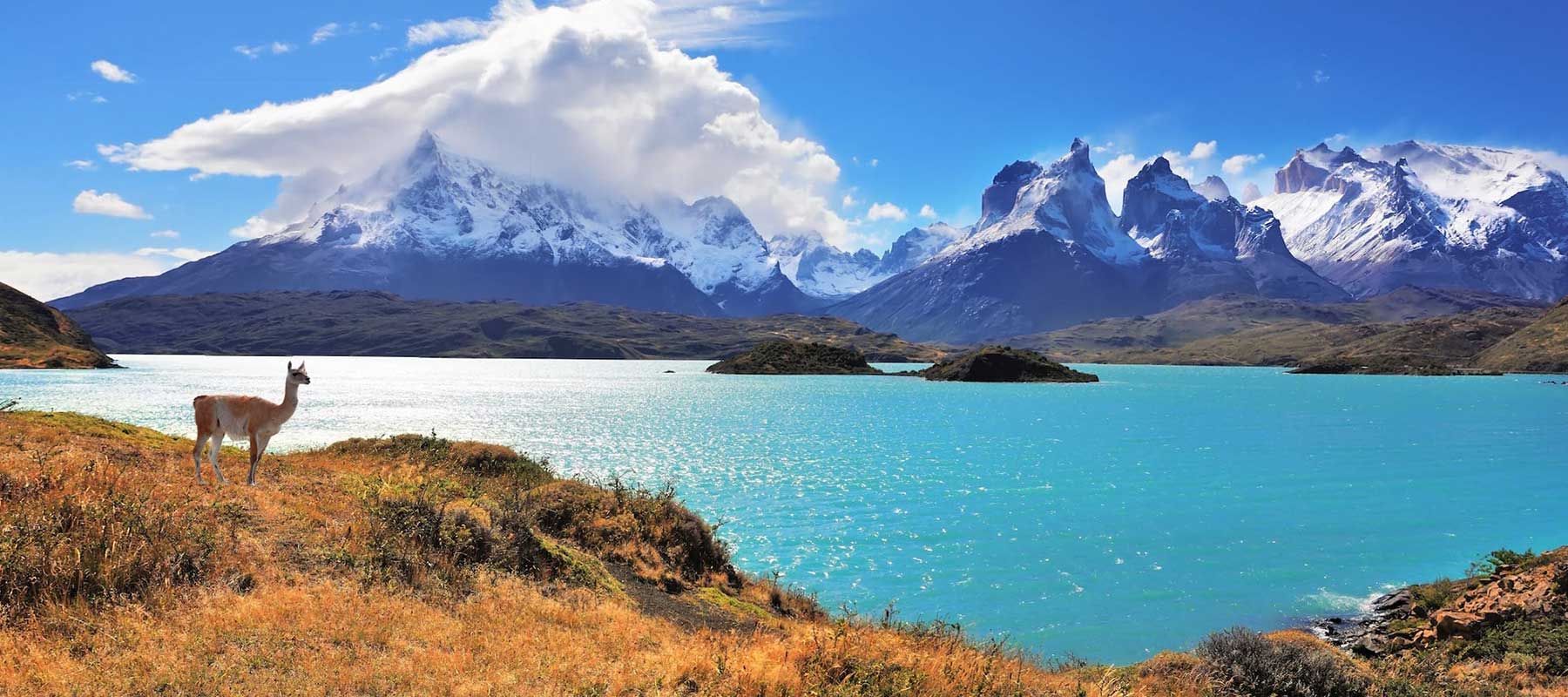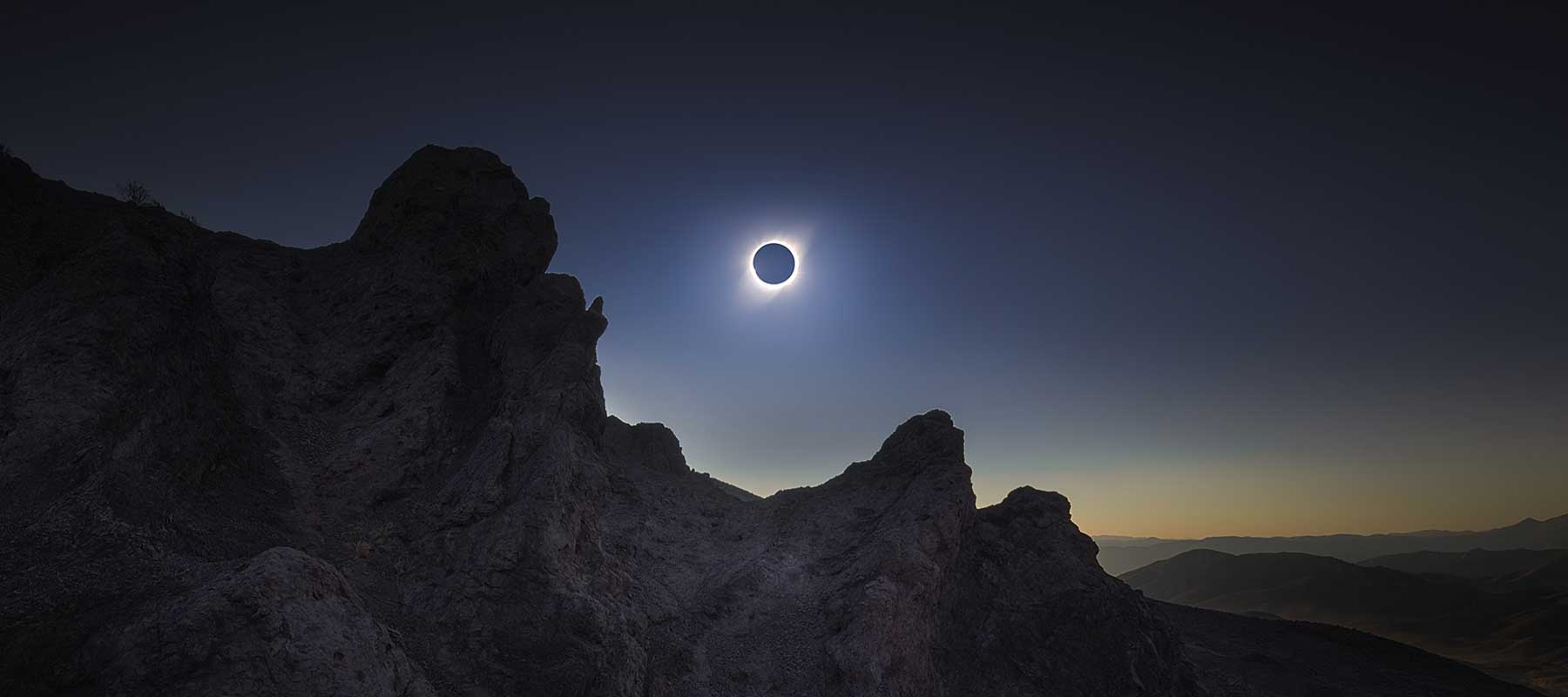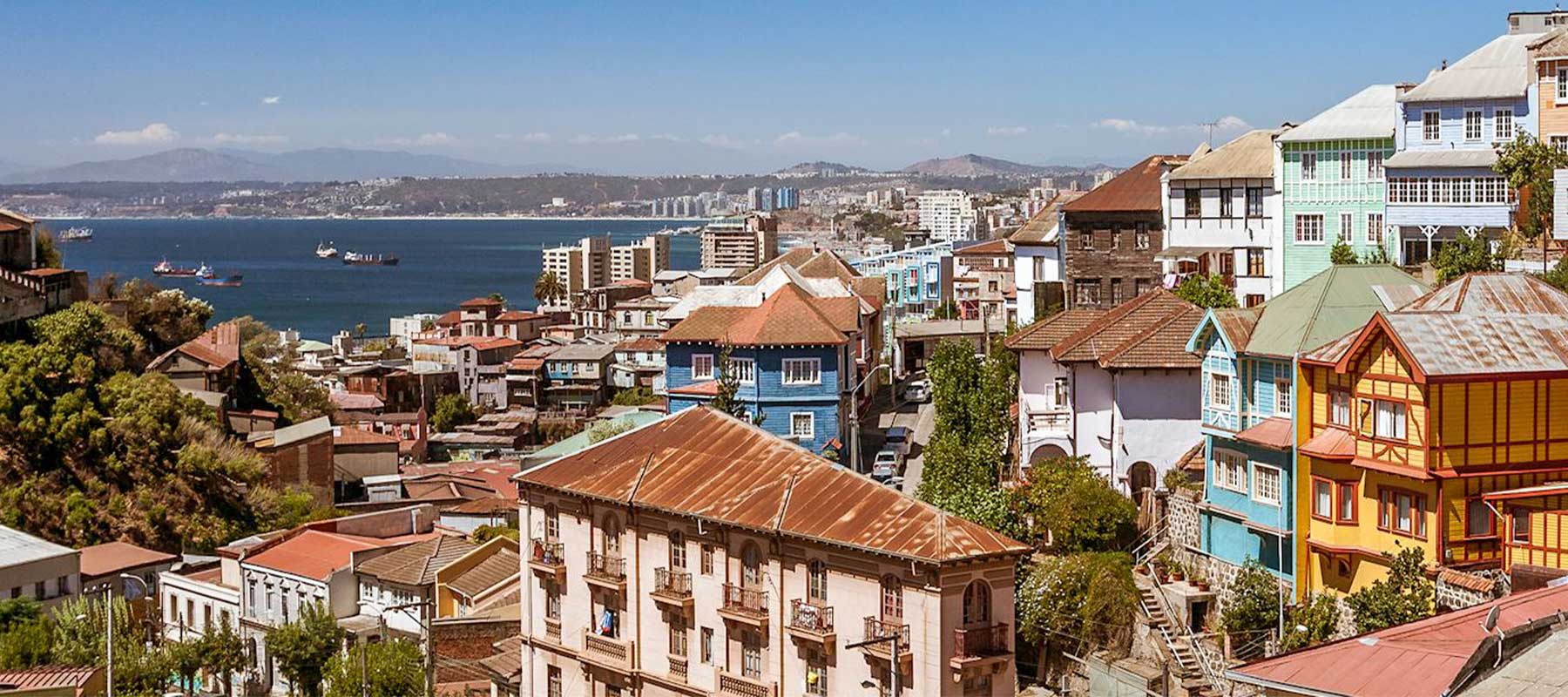Condors, the biggest birds of prey on Earth, began their morning migration as the sunbeams poured into Colca Canyon in southern Peru from snow-covered slopes. In the beginning, at that dark hour, there was just one bird. Its graceful and tranquil demeanor belied its gawky visage as it surfed the thermals without ever having to flap its wings. Then, out of nowhere, three other condors swooped into view, gracefully soaring along the gaping abyss until I could feel their tailwinds as they soared past my perch on the rock.
My guide with SA Expeditions, Vladimir Canazas, told me that the pre-Incan people thought these birds were divine messengers. "Every time I see these condors up close, it affects me emotionally," he said. It was clear to me right away why. The audiences below were mesmerized by the acrobatics of the forty or so condors who were nesting along this section of the canyon, but the birds themselves appeared unaware of their presence. Across the Andes to the west, Colca Canyon carved a chasm twice as deep as the Grand Canyon, plunging like an abyss.
Colca Canyon is relatively unknown in the United States, despite its stunning beauty. Nearby Arequipa, Peru's second-largest city, and the canyon went unnoticed by tourists for a long time. The area was once inaccessible, but new paved roads and a slew of upscale hotels have transformed it into an ideal base camp for adventure travelers in recent years.
Hiking through Colca Canyon's terraced crops of quinoa, potatoes, and lima beans—as well as earlier ruins—was my main reason for visiting. Along dusty trails close to the dry canyon rim, Canazas and I hiked to remnants such as the Chimpa Fortress, a little castle with breathtaking views. San Pedro cactuses now encircle stone dwellings at Uyo Uyo, a pre-Inca community that goes back to the 14th century, as we walked along its ancient pathways.
Las Casitas, a Belmond Hotel in Colca Canyon, is situated on an alpaca farm, where I spent the night in one of its twenty cottages shaded by eucalyptus trees. (The animals that graze on the farm also help out around the yard.) After enjoying risotto and artichokes at the hotel's restaurant Curiña, I cooled down with a Sancayo Sour, a cocktail made of pisco and cactus fruit, in my outdoor heated plunge pool. It helped ease my aching muscles and I glanced up at the dark sky, hoping to see the Southern Cross.
I drove to Arequipa with Canazas after spending two nights in Colca Canyon. Along the way, we passed through the Salinas & Aguada Blanca National Reserve, which is home to flamingos and nervous vicuñas in its marshes. The drive south took four hours. Located between three lofty volcanoes, this colonial-era metropolis is known as the White City because to the abundance of pale volcanic rock utilized in its construction. Arequipa has been a haven for intellectuals and political dissenters since its foundation in 1540, and among them is Mario Vargas Llosa, Peru's most renowned writer, Nobel laureate, and novelist. (There is a museum there that is devoted to Vargas Llosa's residence.)
I felt like I was in southern Italy instead of South America as I walked along Arequipa's cobblestoned streets to the Santa Catalina Monastery, passing flowery courtyards and Baroque façades. A little Relais & Châteaux establishment with a decidedly European vibe, Cirqa only opened its doors to guests in 2019. As I entered the arched foyer of this old monastery, the scents of palo santo and muna, an Andean mint, filled the air, creating an ecclesiastical ambiance. Though sparse, the 11 guest rooms exude an air of opulence because to their iron chandeliers and thick stone walls. Watching the mountain snowcaps become amber in the decreasing light from the rooftop balcony was a beautiful evening activity.
Near the hotel in Arequipa, Peru, I shopped for alpaca sweaters and blankets at Kuna and Sol Alpaca, two of the city's many charming boutiques. Meanwhile, Arequipa's culinary scene was just as distinctive as the city itself; in 2019, UNESCO designated Arequipa as a City of Gastronomy. At local establishments like La Nueva Palomino and Chicha, I sampled lamb ribs and chupe de camarones, a soup made with river shrimp. My daily treks into the lush Chilina Valley and the slot canyon Quebrada de Culebrillas would be fueled by the robust meal.
Pichu Pichu, Chachani, and Misti are three towering volcanoes that dominate Arequipa (19,101 feet). The second one is infamously fiery and has a cartoonishly conical shape. Canazas announced with wide eyes, "If Misti has a big eruption one day, we'll all be dead," as we first caught sight of it on our way into town. "We'll transform into the next Pompeii in an instant." On my final day, I took his advice and went mountain biking down Pichu Pichu, Misti's peaceful neighbor. More than three thousand feet fell. From the summit, which was covered in scrub, I descended into the terraced lowland fields below along a one-lane road. The sun's fading rays changed color from amber to gold over this time. For a brief second there as I plummeted through the air, I felt as light as the condors. With all the elegance I could summon, I flew back home.




